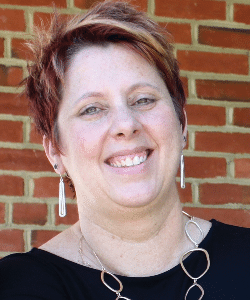
Prince George's County
9500 Medical Center Drive
Suite #250
Largo, MD 20774
Anne Arundel County
90 Ritchie Highway
Suites A & B
Pasadena, MD 21122
Charles County
2505 Davis Road
Waldorf, MD 20603
Burnett Center for Hope & Healing
P.O. Box 838
4559 Sixes Road
Prince Frederick, MD 20678

More Mental Health Articles
Stigma Has No Place In Mental Health
Where does it hurt? That’s the question so many children need to be asked.
While one in five children experience a mental health condition in a given year, nearly 50% of adolescents between the ages of 8-15 are experiencing a condition and do not receive treatment. In a time when more people have an awareness of mental health, and potentially more access to services, why then is there a disconnect? Stigma.
Public awareness campaigns are increasing, shining a light on how it is essential to a child’s development. And while celebrities like Cleveland Cavaliers basketball player Kevin Love are breaking down the silence by sharing their own struggles, there is still more to be done by us as a nation and community to make mental health a priority.
Parents, schools and communities need to break down barriers to access to mental health. Meeting children and teens where they are, with support rather than shame; with compassion and acceptance, rather than mistrust; requires that as adults we look first at ourselves and our own internalized messages about mental health. What were the spoken and unspoken messages that we inherited from our families’ reinforced shame? What is the unintentional impact of a “push through the pain” approach to mental health in children and teens that implies weakness rather than an acknowledgment a legitimate hurt that needs addressing?
In a culture where youth are often measured and assessed by achievements and valued for what they do rather than for who they are, we as adults, parents, mental health professionals and community leaders have the opportunity and responsibility to change the narrative on mental health and make mental health a priority.
Mental health professionals often see stigma continue after a death. Deaths by suicide and substance use are complicated by the fact that often these losses cannot be acknowledged by society or publicly mourned. Children and teens learn to internalize this response and further isolate themselves when there is a reinforcement that there are limits to what we can talk about or discuss openly.
We do not hesitate to treat our children when they are hurt physically or suffer an illness that can be diagnosed by a pediatrician. We should never hesitate to take seriously our children when they are hurting emotionally, psychologically or spiritually. Here are some resources that can help start the process of normalizing mental health:
- https://www.nami.org/find-support/nami-programs/nami-ending-the-silence
- https://www.childrensmentalhealthmatters.org/
Stigma keeps people silent. It has no place in the conversation about mental health. Each person has a right to be acknowledged and valued in life, and death, without judgment.

















